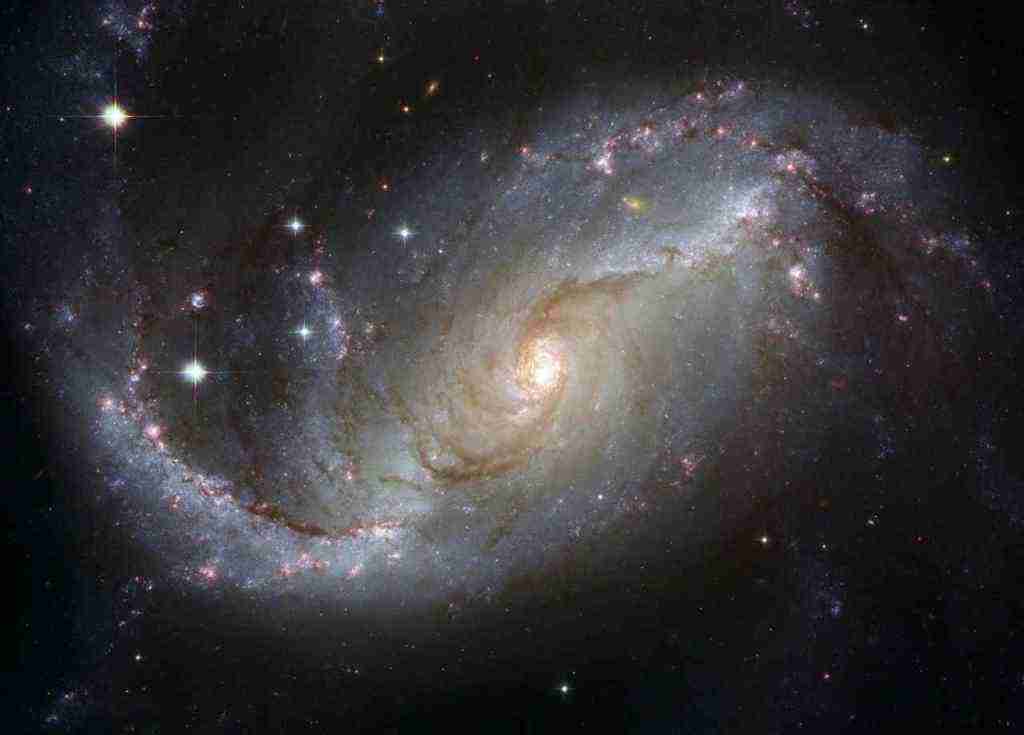Euclid’s Cosmic Revelations: Unlocking the Secrets of the Universe
The European Space Agency’s Euclid telescope, launched in 2023, is revolutionizing our understanding of the cosmos. With its state-of-the-art instruments, Euclid is on a mission to unravel the mysteries of dark matter and dark energy, two fundamental forces shaping the universe. Join us as we delve into the telescope’s groundbreaking discoveries and embark on an awe-inspiring journey into the unknown.
Gravitational Lensing: A Window into Dark Matter
Dark matter, a mysterious substance that holds galaxies together, has long eluded direct observation. However, Euclid’s advanced sensors can detect its presence through gravitational lensing. As light passes by massive objects like galaxy clusters, it bends and warps, revealing the location and distribution of dark matter. Euclid’s observations of the Abell 2390 galaxy cluster, where dark matter constitutes a staggering 90% of its mass, provide crucial insights into the nature of this elusive force.
Unveiling the Structure of the Universe
By studying the distribution of dark matter across vast cosmic expanses, Euclid aims to shed light on the influence of dark energy, the mysterious force driving the expansion of the universe. As the universe expands, dark energy is believed to cause its expansion rate to accelerate. Euclid will map the distribution of dark matter and galaxies, helping scientists determine the role of dark energy in shaping the structure and evolution of the cosmos.
Euclid’s Cosmic Revelations: Unveiling the Mysteries of the Universe
Unveiling the Structure of the Universe
Euclid’s mission goes beyond unveiling dark matter and dark energy. It aims to unravel the large-scale structure of the universe, providing insights into its evolution and composition. By studying the distribution of galaxies and galaxy clusters across cosmic time, Euclid will help astronomers understand the growth of cosmic structures and the role of gravity in shaping the universe.
Capturing Cosmic Beauty: Galaxies and Stars
Euclid’s wide field of view allows it to capture stunning images of galaxies and stars in unprecedented detail. Its sharp optics can resolve faint celestial objects, revealing hidden galaxies, distant star clusters, and the intricate structures within galaxies. These images not only provide aesthetic beauty but also serve as valuable data for astronomers to study the properties and evolution of galaxies.
Legacy Science: Beyond the Core Mission
The capabilities of Euclid extend beyond its primary objectives, enabling astronomers to explore additional scientific frontiers. By studying the cosmic microwave background radiation, Euclid will probe the early universe and gain insights into the conditions that existed shortly after the Big Bang. Additionally, Euclid’s observations of galaxy clusters will help astronomers understand the nature of these massive structures and their role in the evolution of the universe.
A Journey into the Unknown
Euclid’s mission is a journey into the unknown, promising to unveil new insights into the mysteries of the universe. As the telescope continues its observations, astronomers eagerly anticipate further discoveries that will deepen our understanding of the cosmos. Euclid’s legacy will lie not only in its groundbreaking scientific achievements but also in its inspiration to future generations of scientists and space enthusiasts.
